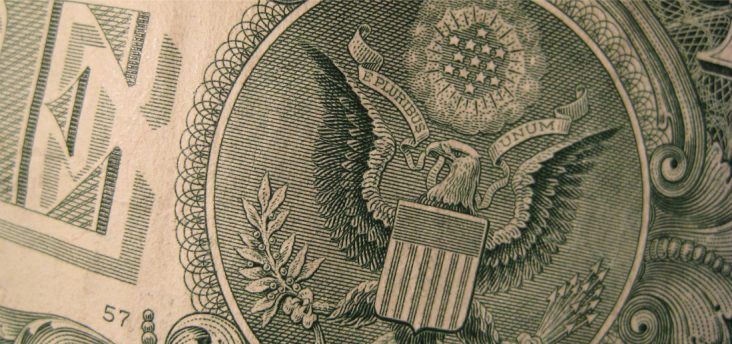Banking exec expects more interest rate hikes, bracing for brakes on the economy
by November 6, 2022 3:35 pm 1,295 views

Banker Davy Carter has a unique position to offer insight on how the most recent 75-basis point interest rate hike from the Federal Reserve Bank is impacting the economy.
As Centennial Bank regional president in Northeast Arkansas, he sees a lot of real world data, but the Jonesboro banker also sits on the Memphis branch board of directors of the St. Louis Federal Reserve Bank. His job in that role is to provide anecdotal evidence to the broad range of data being reviewed by Fed policymakers.
“What happens in those meetings is really a bottom-up approach. I try to share stories without names and business names or people, but I share stories about what’s happening at Jonesboro, what’s happening in Marianna, what’s happening in east Arkansas, what’s happening in Fayetteville, what’s happening all across Arkansas, real life customers,” Carter said. “I tell them the stories that I’m hearing and the things that I am seeing, and all of my other colleagues on that board are doing the same thing. That information funnels up to the decision makers in St. Louis and they have a vote on the FOMC [Federal Open Market Committee] and they take that very seriously. Those are really the only forward-looking leading indicators that they have.”
Carter said he’s seeing the effects of four interest rate hikes the Feds have made in recent months.
“We’re getting a lot of phone calls, particularly on the deposit side about rates and CDs [certificates of deposit] and it’s just been a big move for 75 basis point hikes,” he said. “It has moved rates up significantly. So it’s changed not only the deposit liability side on the bank, but also borrowing costs on the commercial and residential lenders and consumer lenders.”
The Federal Reserve Bank has made four 75-basis point interest rate increases to the fed funds rate in 2022 in an effort to curb inflation. The fed funds rate, currently sitting at 3.7% to 4%, is a guide to overnight lending among U.S. banks. It controls the annual percentage yields on deposits at banks as well as sets the interest rates for a variety of consumer and commercial loans.
In theory, raising interest rates cools spending and consumer demand, which in turn, keeps prices from rising – the key contributor to inflation. The latest U.S. inflation reading in September was 8.2% on an annual basis, well above the 5.4% a year ago and the 1.4% in September 2020.
As for what he expects to happen next, Carter foresees more interest rate hikes, but is hopeful the increases will be smaller than the last few.
“We’re going to probably start taking some smaller incremental steps as we get closer to the end, but he [Fed Chair Jerome Powell] also said in addition to that, we’re probably going to go a little bit higher than what we said in the past. I think we’ll see as they start to take these smaller steps – 50 basis points, maybe 25 – I think then we can start to see that things are getting close to being at the end,” Carter said.
“So I don’t think we’ve seen the effects of what they’re trying to do yet. But when we get the fed funds rate at 4.5%, 5%, or even higher, I mean that will slow some stuff down. That’ll slow some things down then, but we’re not there yet,” he added.
Carter was a guest on this week’s edition of Talk Business & Politics. You can watch his full interview in the video below.
